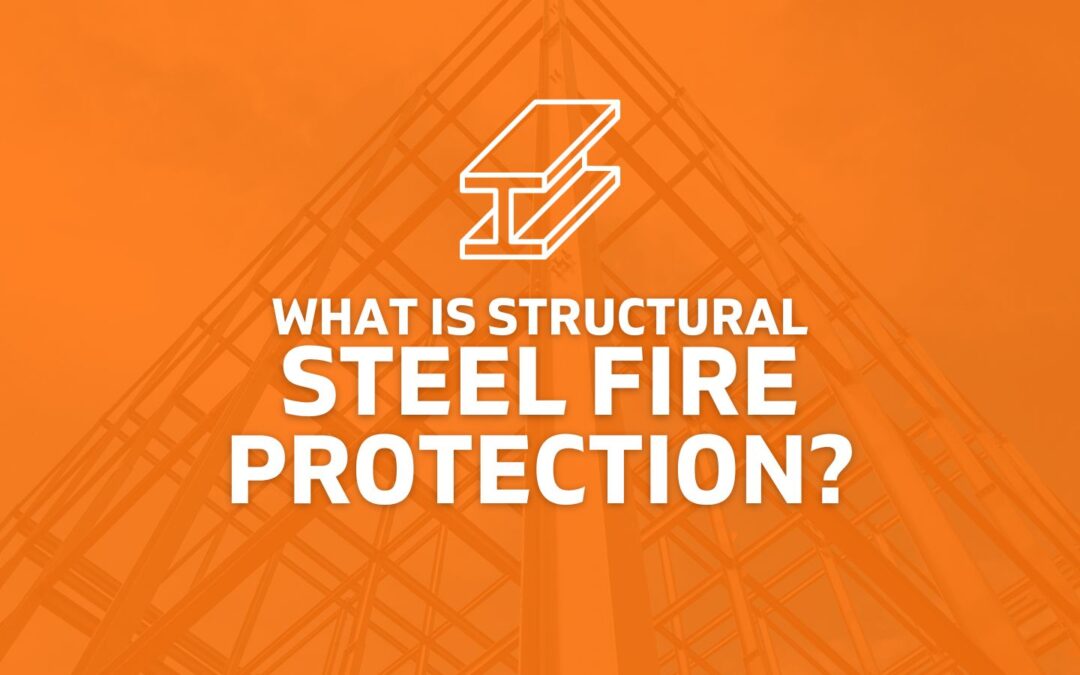Structural steel fire protection involves applying various materials to steel structures to enhance their fire resistance. This process helps prevent the steel from reaching critical temperatures during a fire, maintaining the structural integrity of the building. Common methods of structural steel fire protection include the use of fire-resistant coatings, intumescent paints, and encasement with concrete or other fireproof materials. By ensuring proper fire protection for structural steel, buildings can be made safer and more resilient in the event of a fire.
Structural steel fire protection is most commonly found in high-rise buildings, such as skyscrapers, commercial buildings, and industrial facilities. Fire protection measures are crucial to ensure the structural integrity of the building in case of a fire emergency. By applying fire-resistant materials to the steel framework, it helps to prevent the steel from weakening under high temperatures and allows occupants more time to evacuate safely. Additionally, structural steel fire protection is also essential in areas with strict building codes and regulations to meet safety standards and protect against potential fire hazards.
There are several methods of structural steel fire protection that are commonly used to increase fire resistance and prevent structural failure in the event of a fire. Some of the most common methods include:
- Intumescent Coatings: These coatings react to heat exposure by expanding and forming a protective char layer that insulates the steel and slows down the rate of temperature rise.
- Cementitious Sprays: These sprays consist of cement-based materials that provide passive fire protection by forming a thick layer over the steel surface, helping to prevent structural damage.
- Fire-Resistant Boards: These are prefabricated boards made of mineral fibers, gypsum, or other fire-resistant materials that are installed around the steel elements to protect them from fire.
- Encasement with Concrete: Steel elements can be encased in concrete to provide both structural support and fire protection, as concrete has a high resistance to fire.
- Intumescent Wraps: Similar to intumescent coatings, intumescent wraps are flexible fire protection materials that can be wrapped around steel elements to provide fire resistance.
Each method has its own advantages and limitations, and the choice of fire protection method depends on factors such as the required fire resistance rating, aesthetic considerations, and cost-effectiveness. It is crucial to consult with fire protection experts and engineers to determine the most suitable method for a specific project to ensure the safety and integrity of the structure in case of a fire.

